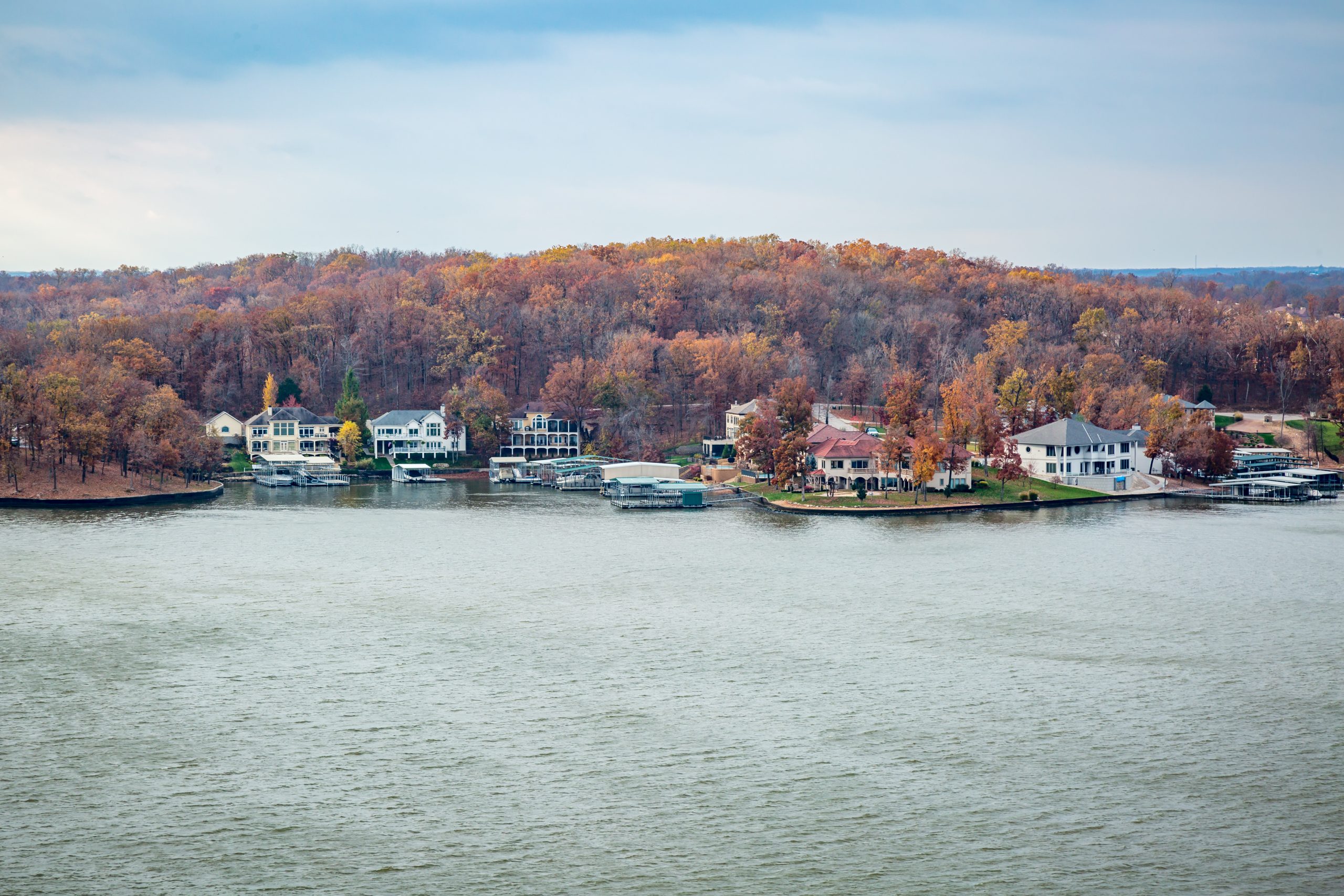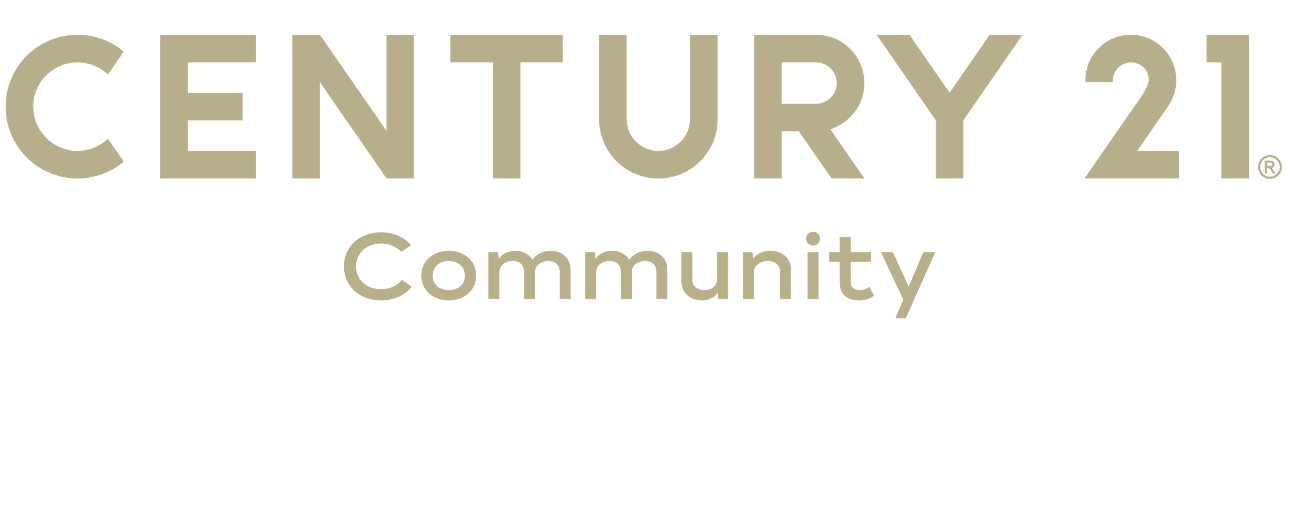Purchasing an investment property at the Lake of the Ozarks is a significant and potentially profitable decision. This Midwest gem, nestled in the heart of Missouri, has become a hotspot for both real estate investors and vacationers alike. With its picturesque landscape, recreational opportunities, and strong rental market, Lake of the Ozarks offers a unique opportunity to capitalize on the demand for vacation homes, short-term rentals, and retirement properties. However, as with any real estate investment, choosing the right property requires careful consideration.
In this guide, we’ll dive deep into the key factors to consider when purchasing an investment property at the Lake of the Ozarks. From understanding the location and local market dynamics to ensuring a good return on investment (ROI), this comprehensive guide will help you make an informed decision.
—
1. Understand the Lake of the Ozarks Market
Before diving into a real estate purchase, you need to understand the local market dynamics. Lake of the Ozarks is a unique location, offering properties that range from high-end luxury waterfront homes to affordable condos and vacation cabins. Here’s how to approach the market:
– Seasonality of the Market: Lake of the Ozarks is a year-round destination, but it experiences a surge in tourism and rentals during the summer months. Knowing how the seasonality affects property values, rental demand, and pricing can help you better strategize your investment. Summers tend to bring a flood of visitors for water sports, boating, fishing, and lakefront relaxation, which increases demand for short-term rentals. On the other hand, off-season traffic, often retirees or full-time residents, can stabilize long-term rental markets or year-round occupancy for certain property types.
– Property Type Demand: Determine which property types are most sought after in your target area. While single-family homes with lake views are highly desirable, condos, townhomes, and multi-unit properties can also be great investments for short-term vacation rentals. Research how each property type performs in terms of rental yield and appreciation rates.
– Historical Appreciation Trends: Take a close look at the historical appreciation trends in the Lake of the Ozarks. Real estate markets fluctuate, but properties around the Lake have generally appreciated over time, thanks to the area’s growing popularity as both a vacation destination and a retirement haven.
—
2. Location, Location, Location
The age-old real estate mantra is especially crucial when buying an investment property in a lake community. Lake of the Ozarks offers a variety of property locations, and each has its own benefits and challenges. Here’s what to keep in mind:
– Waterfront vs. Off-Water Properties: Waterfront properties are the most sought-after and typically command higher purchase prices, but they also offer the highest potential rental income and appreciation. However, off-water properties, especially those within a close walk or drive to the lake, can also be lucrative investments with a lower initial price point and steady rental income potential.
– Main Channel vs. Quiet Coves: The Lake of the Ozarks is divided into different areas, with the “Main Channel” being a more active, central part of the lake with high boat traffic. Properties along the main channel often offer spectacular views but can be noisier and more congested. In contrast, properties located in quieter coves or secondary branches of the lake may appeal to buyers or renters seeking a more peaceful, secluded retreat.
– Proximity to Amenities: Properties located near popular attractions like restaurants, marinas, shopping centers, and recreational areas will likely attract more renters or buyers. Proximity to key amenities such as golf courses, state parks, and water activities can also increase your property’s desirability.
– Access to the Property: Accessibility is another factor to consider. Some properties may be located in more remote areas with limited road access, which could impact rental income and appeal to certain buyers. Make sure to assess the condition of access roads and how easy it will be for guests or future buyers to reach the property.
—
3. Understand the Costs of Ownership
Owning an investment property goes beyond the initial purchase price. There are ongoing costs that you should budget for to ensure that your investment remains profitable. Here are some common costs associated with lakefront properties at the Lake of the Ozarks:
– Property Taxes: Lakefront properties may have higher property taxes than those located farther inland. Make sure to account for these taxes when calculating your overall return on investment. Local tax rates can vary depending on the township or district where the property is located.
– HOA Fees: Many lakefront properties, especially condos and townhomes, are part of homeowner associations (HOAs) that charge monthly or yearly fees. These fees typically cover shared amenities, maintenance, and security, but can significantly affect your cash flow. Be sure to review any HOA covenants and fee structures before purchasing.
– Boat Docks and Permits: If you’re buying a waterfront property, you may need to invest in a boat dock or obtain the necessary permits for an existing dock. Consider the cost of maintenance, insurance, and any potential fees for keeping a boat on the lake.
– Maintenance Costs: Lakefront properties often require more maintenance than inland homes due to exposure to water, humidity, and changing weather conditions. Consider the costs of maintaining the exterior (such as repainting, repairing decks, or maintaining docks), as well as interior maintenance if the property will be used as a vacation rental.
– Insurance Costs: Waterfront properties may have higher insurance premiums, particularly if they are in a flood zone. It’s essential to get a clear understanding of insurance requirements and costs, including any necessary flood or hazard insurance.
– Utilities: Depending on the property’s location, utility costs, such as water, sewer, and electricity, can vary widely. Ensure you understand what utilities are available and the associated costs.
—
4. Analyze Rental Potential and ROI
If your primary goal is to generate income from your investment property, you must carefully analyze the rental potential and overall return on investment. Here are the key aspects to consider:
– Short-Term vs. Long-Term Rentals: Vacation homes in popular destinations like Lake of the Ozarks are ideal candidates for short-term rentals. However, the off-season could present challenges. If you plan on using platforms like Airbnb or VRBO, make sure to review local laws and regulations on short-term rentals. Alternatively, long-term rentals can provide more stable, year-round income, though they may not yield as high of a return as short-term vacation rentals.
– Occupancy Rates: Research the average occupancy rates for vacation rentals in the area. High-season occupancy may range from 70% to 90%, while off-season occupancy could dip significantly. Knowing these numbers will help you estimate your potential rental income more accurately.
– Rental Rates: Compare similar properties to determine what you can reasonably charge for rent. Waterfront properties and those closer to amenities tend to fetch higher rates, but it’s essential to balance your rental price with market demand to avoid vacancies.
– Management Costs: If you don’t plan to manage the property yourself, you’ll need to factor in the cost of hiring a property management company. This can be especially helpful for out-of-town investors. A good property manager will handle bookings, guest communication, cleaning, and maintenance, but they typically charge 10-20% of your rental income.
– Appreciation Potential: Beyond rental income, consider the property’s potential for long-term appreciation. Lake of the Ozarks has seen consistent growth in both tourism and property values, making it an attractive area for real estate investors.
—
5. Financing and Loan Considerations
Financing an investment property at Lake of the Ozarks may present different challenges compared to purchasing a primary residence. Keep the following in mind:
– Lender Requirements for Investment Properties: Lenders often have stricter requirements for investment properties, including higher down payments (typically 20-25%) and higher interest rates. Make sure to shop around for the best mortgage rates and terms.
– Consider a Second-Home Mortgage: If you’re planning to use the property as both a vacation home and a rental, you may qualify for a second-home mortgage. This option typically comes with lower down payments and interest rates compared to investment property loans, but you may face restrictions on how often you can rent the property out.
– Loan Pre-Approval: Securing loan pre-approval before beginning your property search will give you a better understanding of your budget and help streamline the buying process once you find the right investment.
—
6. Legal and Zoning Considerations
Before purchasing a property, make sure to review any zoning restrictions, rental regulations, or legal considerations:
– Zoning Restrictions: Some areas around Lake of the Ozarks may have zoning restrictions that limit rental use or property modifications. Verify that the property you’re interested in allows for short-term or vacation rentals if that’s part of your investment strategy.
– Rental Regulations: Local municipalities may have specific regulations governing short-term rentals, such as permits, occupancy limits, or taxes. Be sure to familiarize yourself with these regulations to avoid legal issues later.
– Rental Taxes: Many towns around Lake of the Ozarks require vacation rental owners to collect lodging taxes from guests. You’ll need to ensure you comply with these regulations and file taxes accordingly.
—
Conclusion
Investing in property at Lake of the Ozarks offers a unique opportunity to combine financial growth with lifestyle benefits. However, ensuring that your investment yields solid returns requires a thorough understanding of the local market, careful analysis of rental potential, and attention to ongoing costs and legal considerations. By keeping these factors in mind, you’ll be better equipped to find a property that meets your investment goals, whether you’re seeking short-term rental income, long-term appreciation, or both.
With its breathtaking scenery, growing tourism market, and year-round appeal


 Facebook
Facebook
 X
X
 Pinterest
Pinterest
 Copy Link
Copy Link



